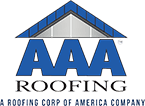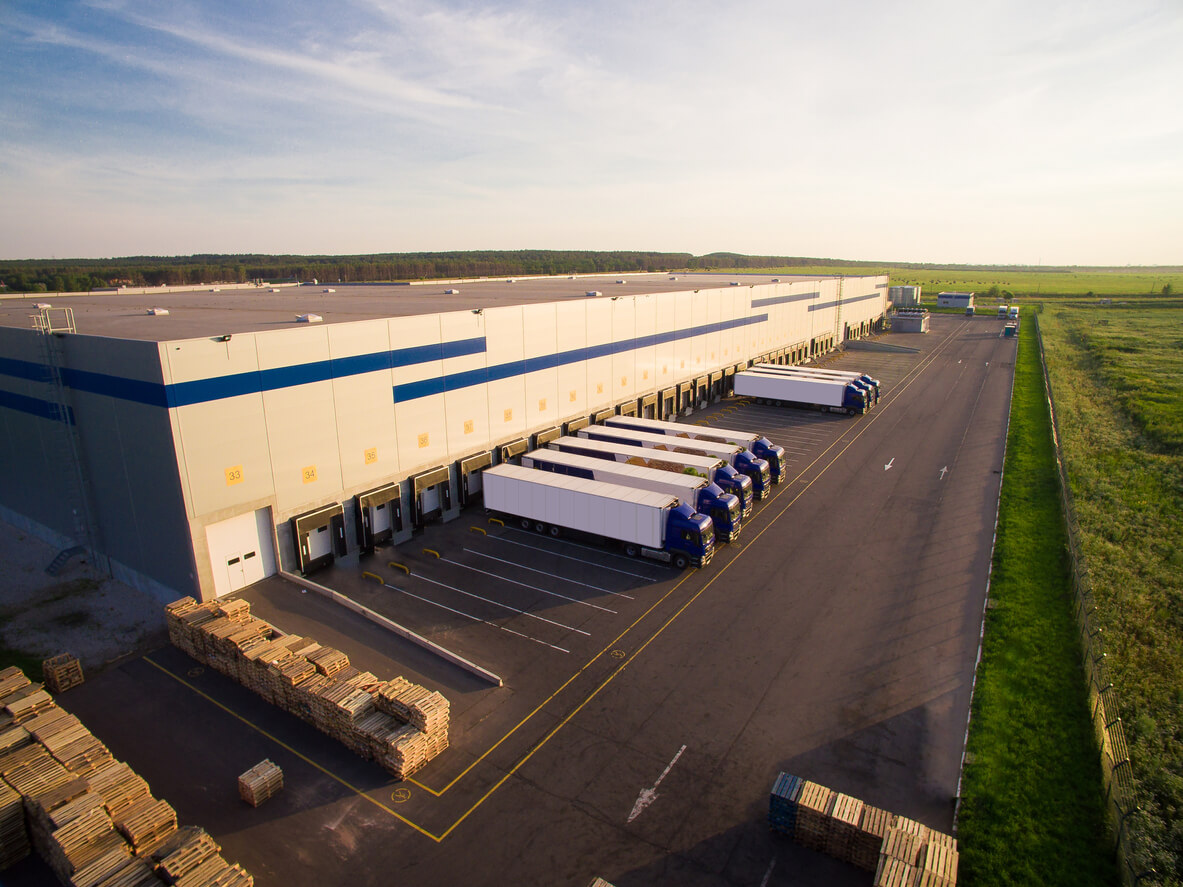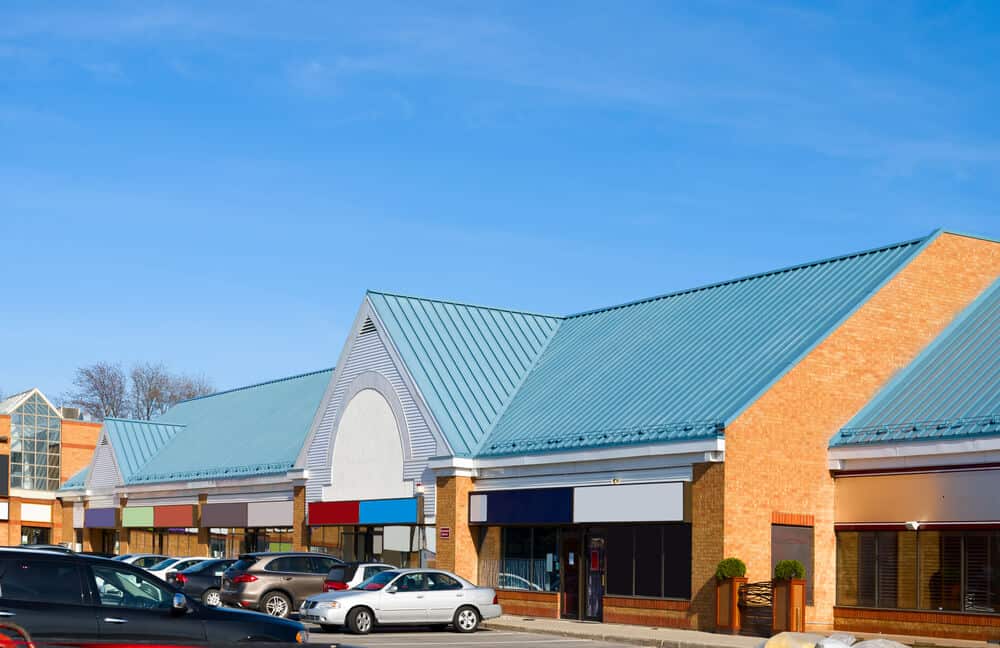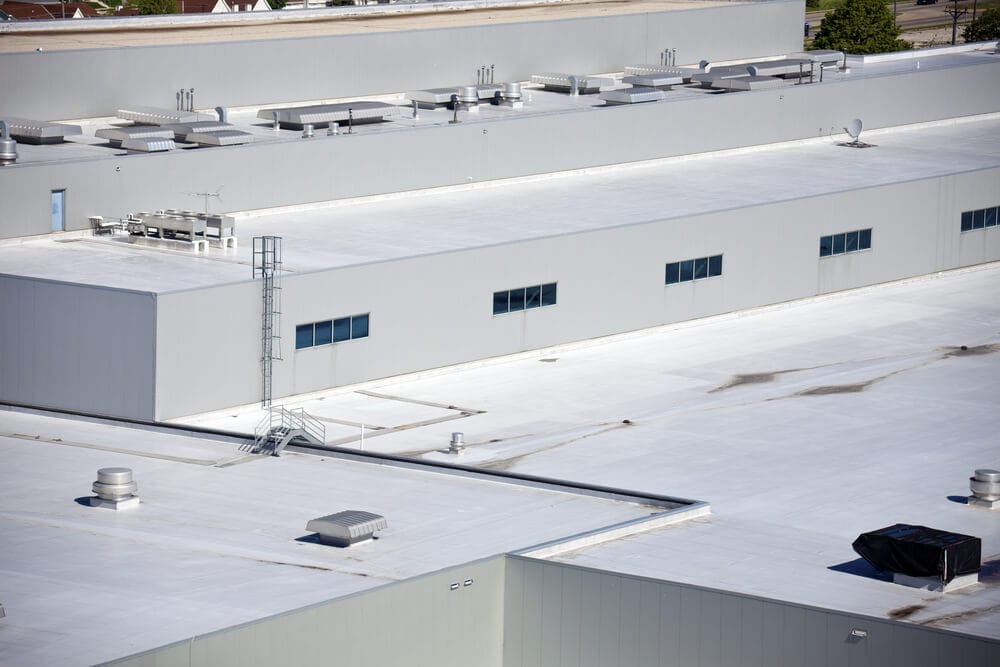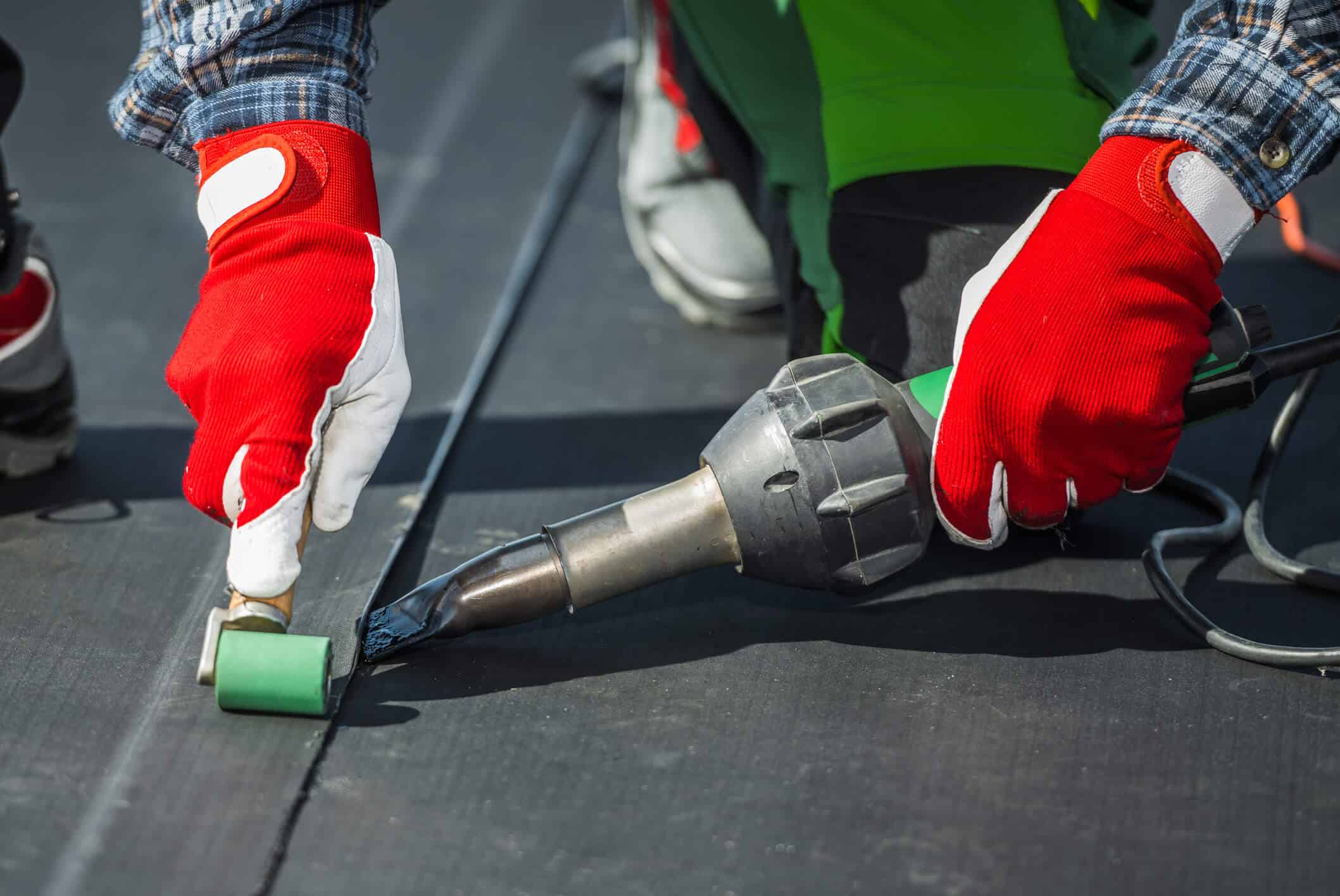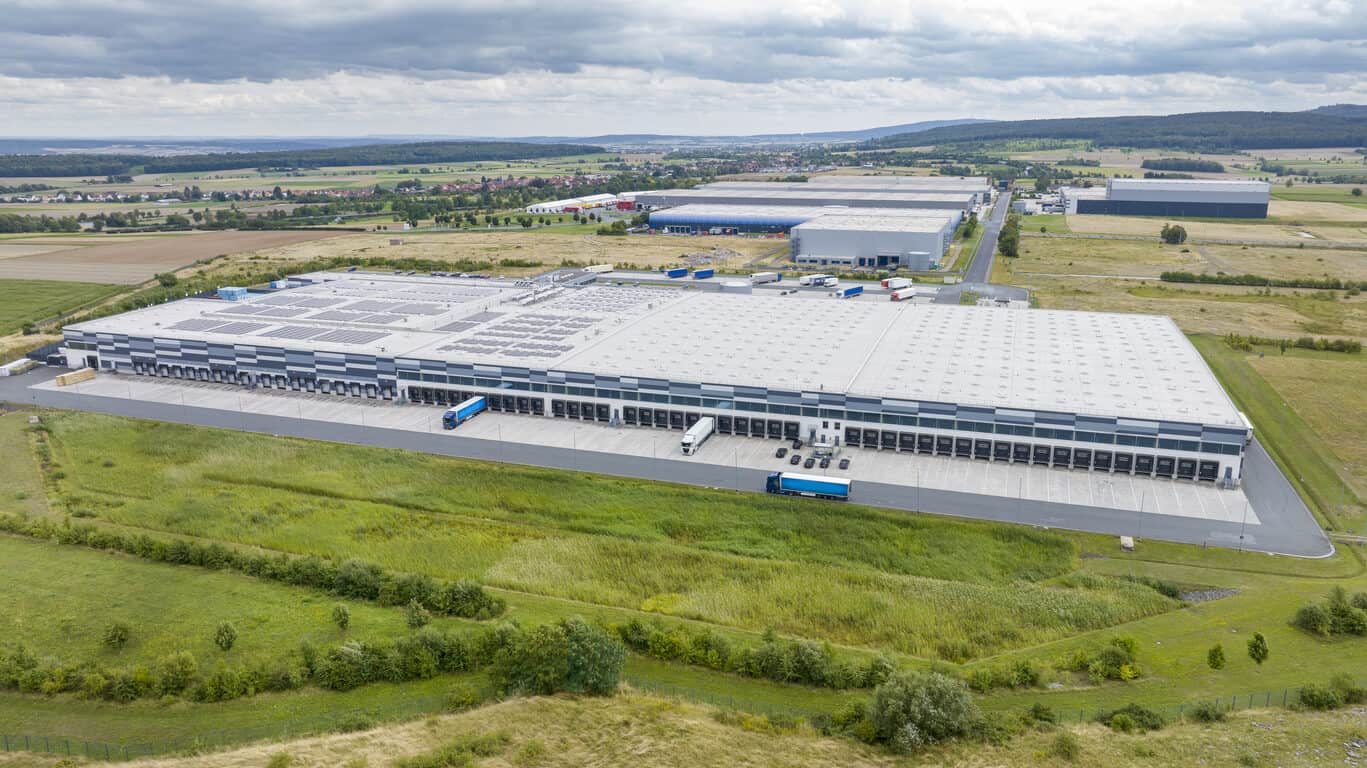Built-up roofing systems have been around for more than 100 years and are an extremely popular solution for flat roofs and low-slope roofs. Let’s learn the pros, cons, and costs of this type of roofing material.
Contents
Key Facts About BUR Roof Systems
- BUR roofing systems are layered systems that have been around for more than 100 years.
- There are three types: hot asphalt, cold built-up roofing, and ballasted.
- BUR systems are puncture resistant and stand up to extreme temperatures.
- Built-up roofing systems require periodic maintenance and are slower to install.
Types of Built-Up Roofing Systems
BUR systems are field-assembled roofing systems that are layered – typically using 3-5 alternate layers of roofing felt and asphalt, and tar or cold tar ( or a cold-applied adhesive.) The material used varies depending on the size, design, and budget.
BUR systems are constructed in a variety of ways. Often, such a roofing system starts with installing a base sheet, which goes over insulation or a cover board. Here are some typical options for the next layer in a built-up roofing system:
Hot Asphalt Build-Up
In some instances, the base sheet is covered with hot asphalt. The asphalt layer is applied over the base sheet and followed by the installation of reinforcing felt, sometimes called a ply sheet.
Cold Built-Up
Built-up roof system construction has changed through the years. For instance, now roofers can opt to use cold-applied adhesive solutions instead of hot mopping asphalt over the base sheet. This method is aptly called the “cold built-up.”
Ballasted Asphalt Built-Up
The construction process is repeated with hot asphalt or cold built-up. Each layer creates an additional barrier. Finally, the system is either capped with a mineral-surfaced cap sheet or topped off by covering the top layer with roofing asphalt and spreading gravel.
Benefits of the Built-Up Roofing System
BUR has been around for a long time because this type of roofing system has many benefits.
- Effective in climates with extreme weather conditions
- Offers fire resistance
- Can provide ultra-violet protection
- Provides waterproofing protection
- Multiple layers provide protection against tears and punctures
Drawbacks of BUR Systems
Even though many prefer the protection offered by the multiple layers of BUR roofs, there are some drawbacks to BUR roof systems.
- Requires maintenance
- Slower to install
- May include hazard fumes and vapors when installing
- Vulnerable to water damage and wind
Costs of BUR Roofing Systems
We know you want a quick answer on how much a BUR system will cost for your commercial roof. However, the cost depends on the installation process, building size, and many other factors.
We can tell you this: AAA Roofing has been providing quality commercial roofing services to the Western States since 1989. AAA Roofing utilizes a state-of-the-art drone to provide an inspection report containing detailed photos of your roof and descriptions of any potential problems. To learn more about the costs of BUR roofing systems and to receive a report, contact AAA Roofing today.
Contact AAA Roofing for Help With All Commercial Roofing Systems
AAA Roofing specializes in new roof construction, commercial reroofing, tenant improvement, maintenance, and leak detection. The company has a great deal of experience, having installed more than 150 million square feet of roof surface since 1989 – all under the same leadership. AAA Roofing can help building owners with all commercial roofing systems, including TPO, EPDM, BUR, modified bitumen, PVC, and metal roofs.
